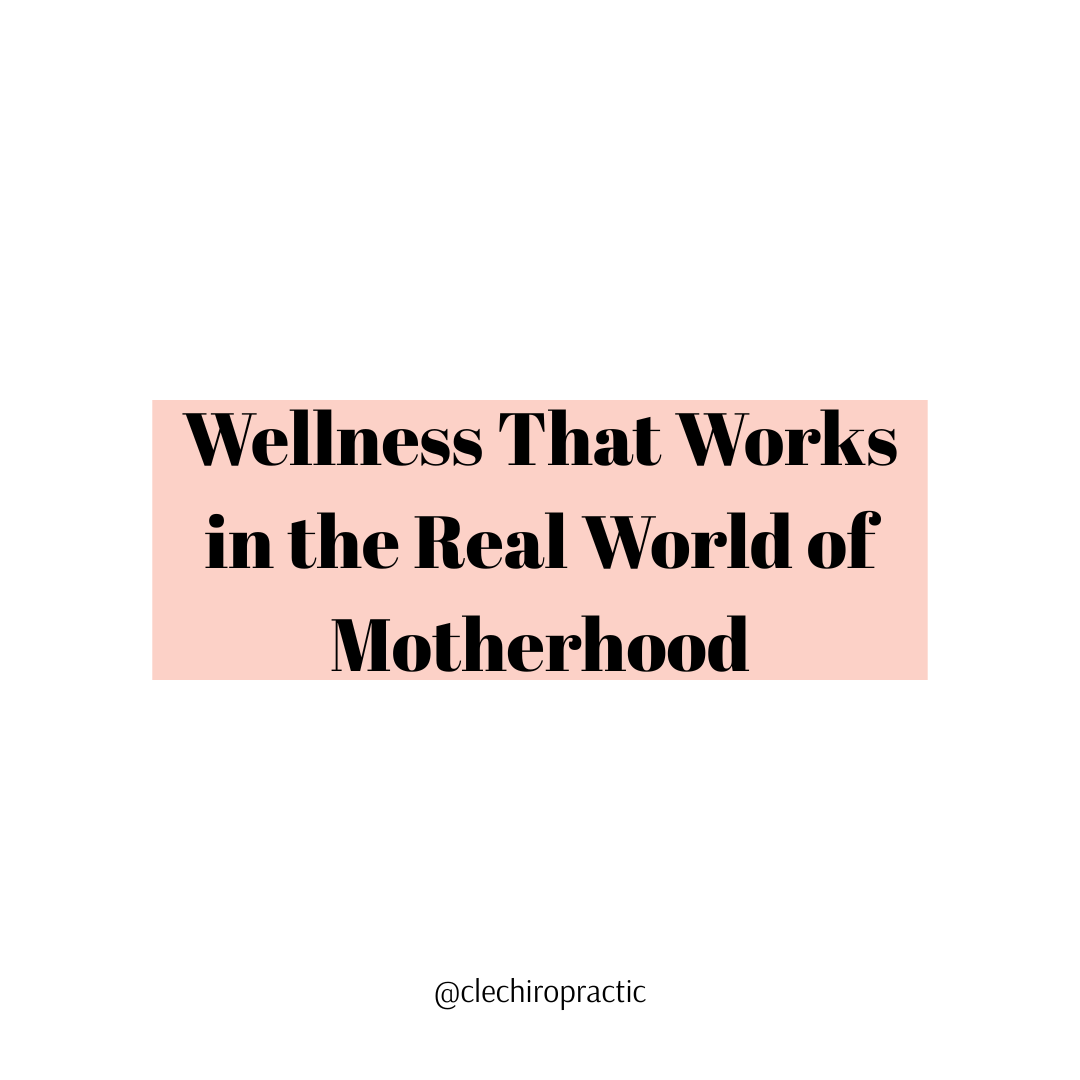Congratulations on your pregnancy! It's definitely an exciting time, but it can also be stressful. From adjusting to physical changes to preparing for the arrival of your little one, it's important to prioritize your mental well-being. While stress is a normal part of life, managing it is crucial for both you and your baby. Let’s explore some natural ways to help you find balance and reduce stress during your pregnancy journey:
1. Prioritize Self-Care:
As a mom, it's easy to put everyone else's needs before your own. However, taking care of yourself is just as important (if not more!). Self-care includes making sure your basic needs are met including eating enough nutrient dense foods, staying hydrated, getting enough rest, and taking care of your body. Make self-care a priority by setting aside time each day for activities that bring you joy and relaxation. Whether it's taking a warm bath, practicing gentle yoga, reading a book, or enjoying in a hobby, these moments of self-care can help alleviate stress and recharge your mind.
2. Incorporate holistic bodywork:
Holistic care including chiropractic, acupuncture, pelvic floor therapy and/or physical therapy, massage, and craniosacral therapy can be very beneficial during pregnancy not only to relieve stress but also to optimize body function and reduce overall tension in the body. Your provider can also help you identify areas of stress and tension in your body and give you advice for ways you can safely and effectively manage it during your pregnancy. Our providers are trained in prenatal techniques and help our patients to reduce stress through these care options.
3. Establish a Support System:
Seek out friends, family members, or support groups to share your thoughts and concerns. Being surrounded by loved ones who understand and support you throughout your pregnancy can make a world of difference. Sometimes, just having someone to listen can make a huge difference in how stressed you feel. While family and friends are an important part of mental health, professional support can be important, too. You can also seek out local pregnancy support groups; there are several in the area who meet in person and/or virtually. Please reach out to your us (or your other healthcare providers) if you need resources or additional support.
4. Connect with Nature:
Spending time outdoors in nature can provide a calming effect on your mind and body. Take a leisurely walk in a local park, practice deep breathing exercises the soothing sounds of nature, or simply sit and enjoy the beauty around you. Being in nature has been shown to reduce stress levels and promote a sense of calmness. Even though the weather is getting colder, being outside is still important and beneficial…just be sure to dress for the weather. Also, be mindful of your balance and physical changes due to pregnancy. Wearing proper footwear is important to avoid unnecessary slips and falls.
5. Practice Mindfulness and Meditation:
Mindfulness and meditation are powerful tools for managing stress during pregnancy. Taking a few minutes each day to focus on your breath and be present in the moment can bring about feelings of calm and relaxation. Consider incorporating guided meditation apps or attending prenatal yoga classes that incorporate mindfulness techniques to help you find inner peace.
6. Get Moving:
Regular physical activity is beneficial not only for your physical health but also for your mental well-being. Engaging in gentle exercises such as walking, swimming, or prenatal yoga can release endorphins and boost your mood. Be sure to consult with your healthcare provider about suitable exercises for your body and stage of pregnancy, and listen to your body's cues during exercise sessions.
7. Create a Relaxing Environment:
Your surroundings can greatly impact your stress levels. Consider creating a calming space in your home where you can retreat to unwind. Dim the lights, play soft music, and use aromatherapy with scents like lavender or chamomile to create a soothing atmosphere. Taking moments to relax in this space can help reduce stress and promote a sense of tranquility. You can also incorporate affirmation cards and breathing techniques to prepare your mind and body for labor and birth.
8. Adequate Rest and Sleep:
Pregnancy can bring about a range of physical discomforts, making it crucial to prioritize rest and sleep. Aim for 7-9 hours of quality sleep each night by establishing a bedtime routine. This might include avoiding electronic screens before bed, practicing relaxation techniques, and keeping your sleep environment comfortable and dark. If you experience discomfort when sleeping, trying using pillows and support when sleeping on your side.
Remember, managing stress during pregnancy is about finding what works best for you. Incorporate these natural approaches into your daily routine and be open to exploring additional strategies that resonate with you. Trust yourself and the incredible journey you're on. Remember, you have the power to make positive changes for your health and well-being…and your baby’s, too! Please reach out to us or your healthcare provider for any additional support you may need. You've got this, mama!
In Health and Blessings,
Dr. Abbey
216-952-3830
@clechiropractic





